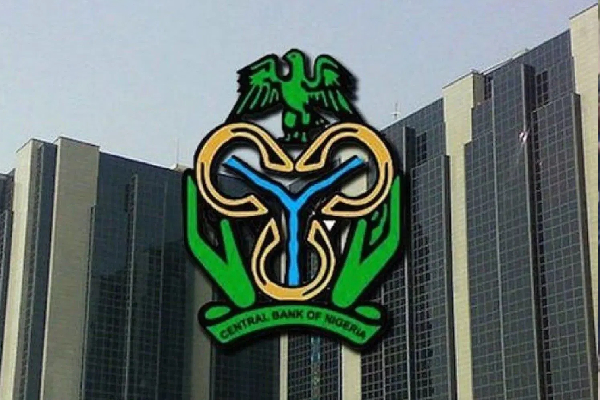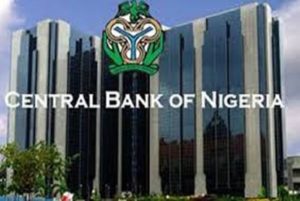Nigeria directed $2.86 billion towards servicing its external debt between January and August 2025, according to newly released data from the Central Bank of Nigeria (CBN). This figure represents 69.1% of the country’s total foreign payments of $4.14 billion during the period.
Although this marks a slight reduction in debt service costs compared to the same period in 2024 when Nigeria paid $3.06 billion, or 70.7% of $4.33 billion in total foreign obligations debt repayments continue to dominate the country’s external financial outflows. Year-on-year, the country shaved $198 million, or 6.49%, off its debt service bill.
Put differently, for every $10 that left Nigeria in the first eight months of 2025, nearly $7 was spent on repaying foreign loans.
The monthly breakdown of payments reveals a volatile pattern, reflecting the staggered and sometimes unpredictable nature of Nigeria’s debt obligations.
January 2025 saw $540.67 million in payments, slightly below the $560.52 million recorded in January 2024.
February dropped to $276.73 million.
March spiked sharply to $632.36 million, more than double the $276.17 million recorded in March 2024.
April remained elevated at $557.79 million, far higher than the $215.20 million a year earlier.
May saw a significant drop to $230.92 million, down from $854.37 million in May 2024, a decline of $623.45 million.
June ticked up slightly to $143.39 million, compared to just $50.82 million a year earlier.
Read Also
July fell again to $179.95 million, a sharp drop from $542.5 million in July 2024.
August saw a modest recovery to $302.3 million, slightly above the $279.95 million posted in August 2024.
READ ALSO: CBN Eases Interest Rate to 27%, Lowers CRR For Banks
These fluctuations highlight the erratic payment schedule tied to Nigeria’s debt portfolio. The month-to-month changes in 2025 show:
A 49% decline from January to February, A 129% surge in March, A 12% fall in April, Followed by a 59% drop in May, Another 38% decline in June, And slight rebounds in July and August.
The data underscores the persistent strain that external debt servicing places on Nigeria’s finances. For the second consecutive year, debt payments consumed more than two-thirds of total foreign exchange outflows.
Such a high debt service ratio raises several economic concerns:
Pressure on Foreign Reserves: Large debt repayments, especially during months like March 2025, deplete Nigeria’s already fragile reserves.
Limited FX for Productive Use: Scarce foreign exchange that could support critical imports or industrial investment is instead channeled into debt servicing.
Increased Fiscal Vulnerability: Debt obligations are binding — they cannot be deferred without triggering defaults or financial penalties, leaving the government with limited room for fiscal maneuvering.
With external debt repayments continuing to dominate Nigeria’s foreign financial commitments, policymakers face growing pressure to rebalance the country’s external obligations and prioritize economic activities that generate sustainable foreign exchange inflows.





